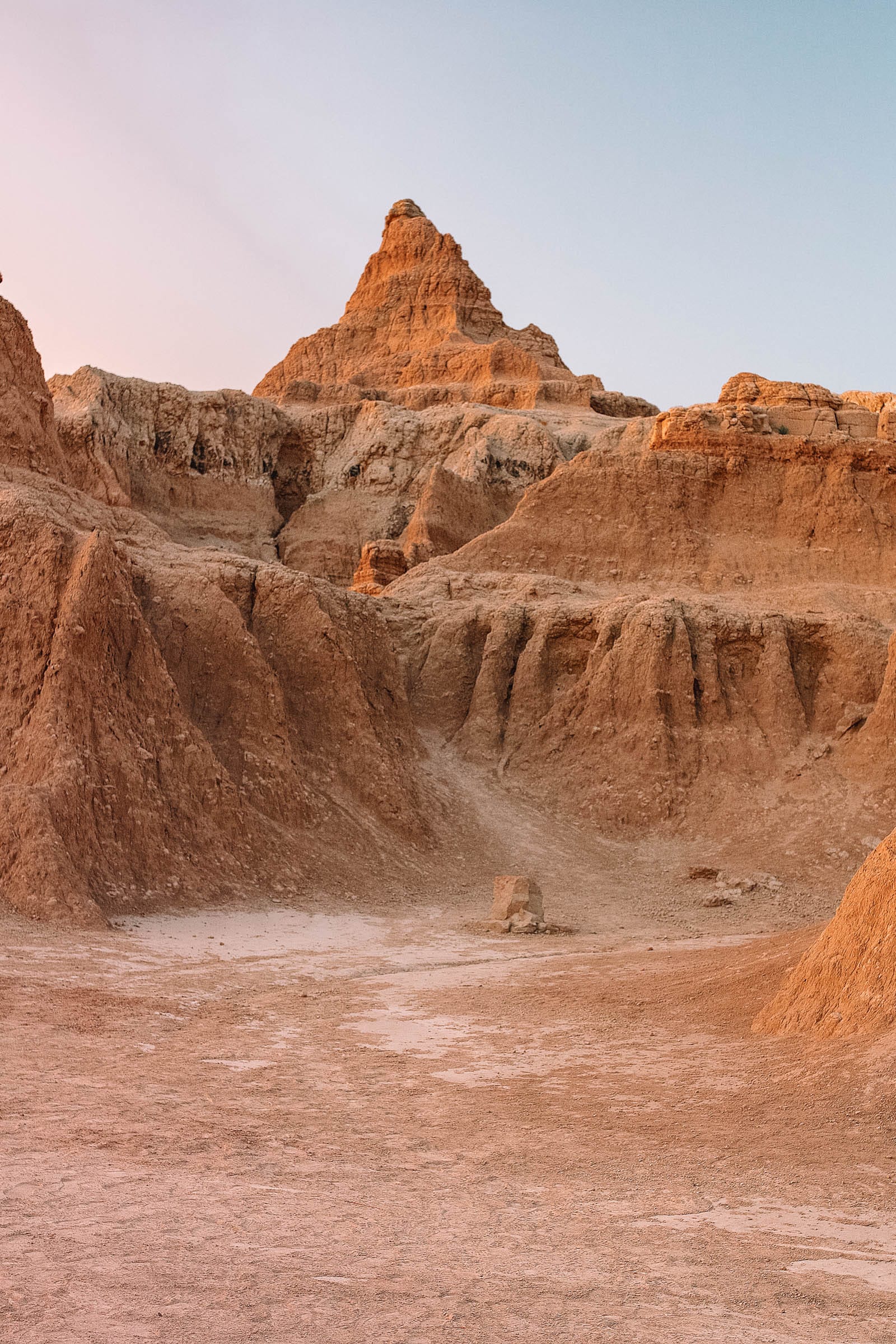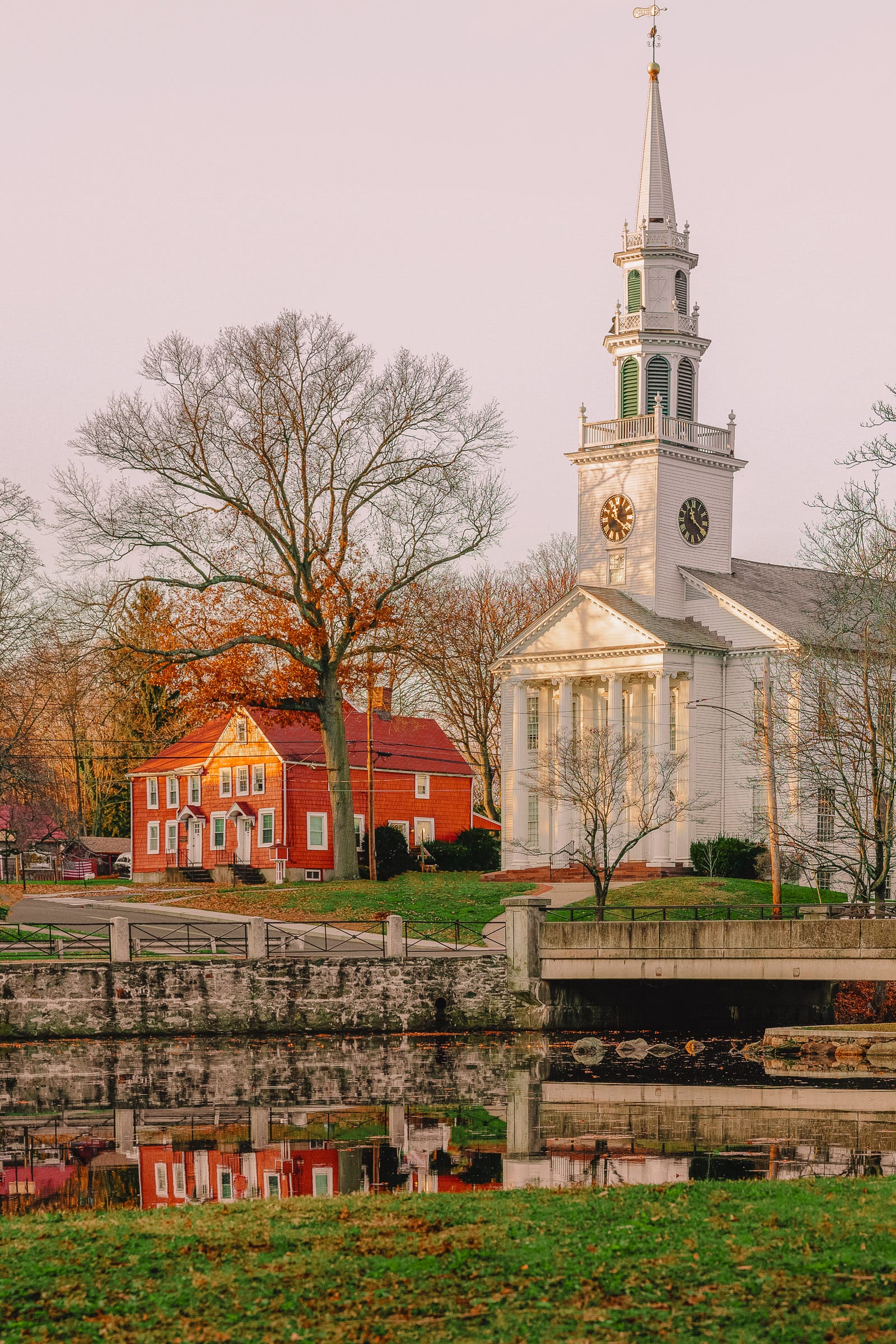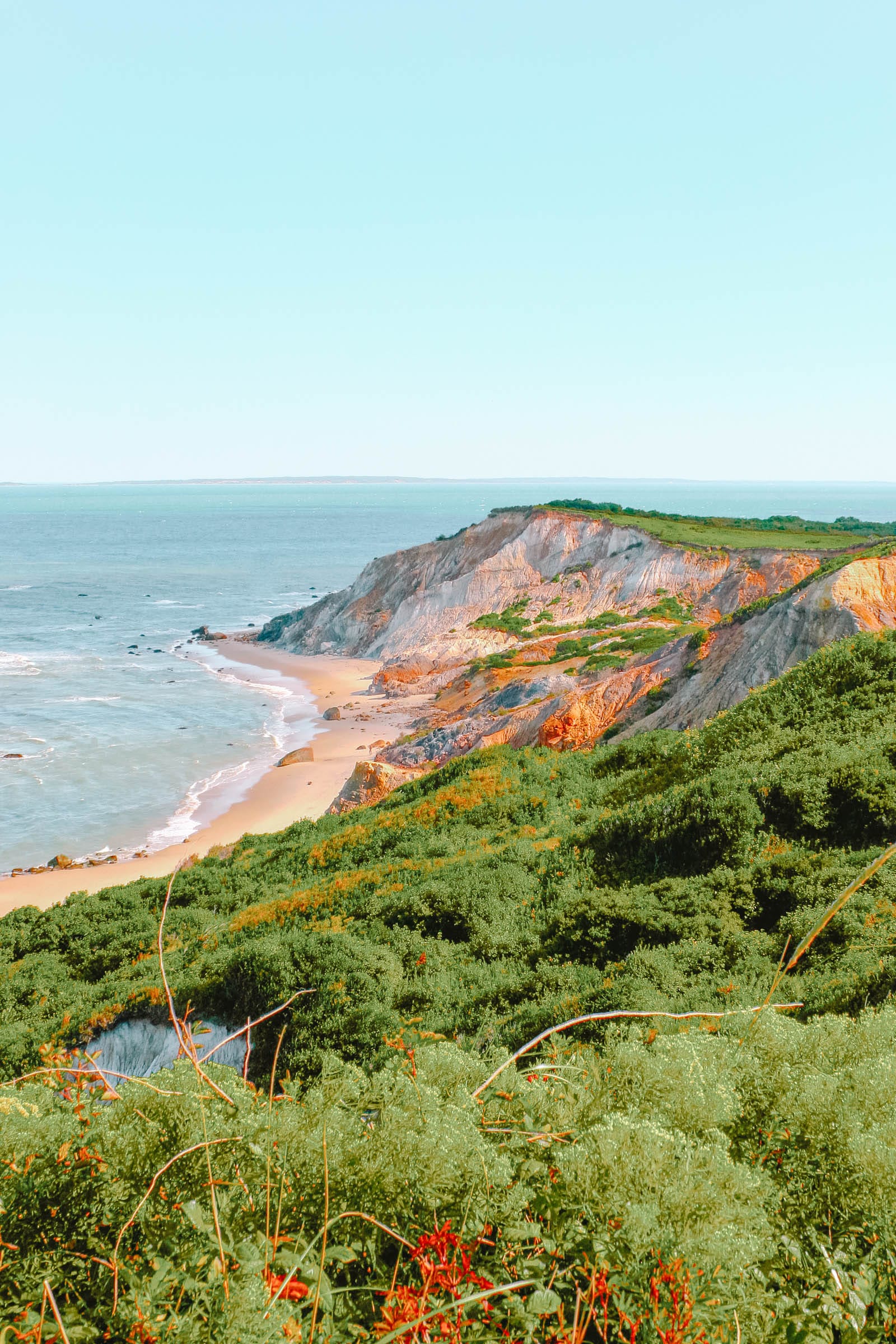Summary
1. Central Deborah Gold Mine
2. Bendigo Art Gallery
3. Bendigo Chinese Gardens Reserve and Golden Dragon Museum
4. Lake Weeroona
5. Bendigo Tramways
6. Rosalind Park
7. Bendigo Pottery
8. Bendigo Botanic Gardens
9. Sacred Heart Cathedral
10. Discovery Science and Technology Centre
11. Great Stupa of Universal Compassion
12. The Soldiers Memorial Institute Military Museum
13. Alexandra Fountain
14. Bendigo Easter Festival
15. Bendigo Wine Region
Near the remote centre of Victoria lies a city that emerged unexpectedly during the Victorian gold rush of the mid-19th century.
Bendigo is situated on one of the most affluent goldfields globally, with its mines yielding over 780,000kg of gold.
Among the multitude of aspiring miners that flocked to the area 170 years ago was a significant Chinese contingent.
To this day, Bendigo boasts a vibrant Chinese community, which can be explored at the Golden Dragon Museum and is notably displayed during the annual Easter Festival.
Bendigo’s prosperity has resulted in the city being adorned with elegant 19th-century architecture and attractions that continue to thrive today.
1. Central Deborah Gold Mine

This mine, located near the central area of Bendigo, extracted nearly a metric ton of gold between 1939 and 1954. The Central Deborah Gold Mine was inaugurated during a revival of the gold industry in the city, with operations continuing even during the Second World War.
Since 1986, this site has served as a tourist destination, with the main shaft widened to enhance the comfort of visitors.
The extent of your exploration within the mine will depend on your level of adventurousness.
A standard Mine Experience, for example, takes you down to a depth of 61 metres, providing insight into the intricate network of tunnels.
This tour lasts just over an hour; however, should you wish to venture further, the Underground Adventure descends to 85 metres, or you may opt for the Nine Levels of Darkness tour, which utilizes the original miners’ cage to reach 225 metres below ground.
This extensive subterranean expedition spans more than three hours, during which you can enjoy a miner’s lunch and navigate the ladders.
2. Bendigo Art Gallery

Founded in 1887, the Bendigo Art Gallery originated from the Volunteer Rifle’s room and has been expanded over time.
The latest addition is a striking sculpture gallery inaugurated in 2001 and designed by Melbourne’s Fender Katsalidis Architects.
The Bendigo Art Gallery encompasses a diverse collection spanning painting, sculpture, photography, works on paper, and decorative arts from the 19th, 20th, and 21st centuries.
The collection is particularly noted for its robust representation of European and Australian painting from the 19th century, featuring works by notable artists such as Pierre Puvis de Chavannes, Ernest Waterlow, Charles Conder, and Arthur Streeton.
The gallery also hosts a variety of engaging temporary exhibitions, addressing themes ranging from 20th-century cultural icons to ancient artifacts lent by the British Museum.
3. Bendigo Chinese Gardens Reserve and Golden Dragon Museum

Bendigo has been home to a Chinese community since the era of the gold rush, and the museum dedicated to this cultural heritage is located on the site of one of the city’s early Chinatowns.
This attraction commenced operations in 1991 and explores the lives of these residents and the influence of Chinese culture in the city from the 1850s onward.
The Golden Dragon Museum holds a prominent national reputation as a center for Chinese cultural activities in Australia.
The core of the collection features an impressive selection of processional regalia from the late 19th century, including costumes embellished with gold thread.
The oldest artifacts date back to the period of (1600-1026 BCE). Visitors can also view what are believed to be the world’s oldest and longest imperial dragons.
For instance, Sun Loong measures over 100 meters in length and has participated in the Bendigo Easter Festival every year since 1901. Additionally, the authentically designed gardens reflect the Imperial Palace in Beijing and include the Buddhist Temple of the Goddess of Mercy (Guan Yin Miao).
4. Lake Weeroona

Between the 1850s and the 1870s, one of the most picturesque locations in Bendigo was originally a mine.
In 1878, the art director of the Melbourne Botanic Gardens facilitated the site’s transformation into an 18-hectare body of water.
Lake Weeroona is encompassed within a reserve and features a pathway through serene wooded parkland that circles its banks.
A leisurely walk around the lake takes approximately 20 minutes.
There is a café located on the eastern shore, offering light meals and gelato, while children can enjoy a substantial adventure playground.
An elegant means of reaching this area from the central business district would be via the historic tramway, which we will discuss next.
5. Bendigo Tramways

The city has maintained a tram system since 1890, which remains accessible to visitors as an attraction.
Historically, the Bendigo Tramways were powered by various forms including battery, steam, and electricity since 1903. However, in the post-war era, the network became too costly to operate as a commuter service and was ultimately decommissioned in 1972, only to be reestablished as a heritage line.
You can ride a tram through the central area, connecting North Bendigo and the Central Deborah Gold Mine.
By using a heritage tram, you can partake in a hop-on, hop-off tour that encompasses nearly all of Bendigo’s primary attractions.
The Dja Dja Wurrung Tram departs from the Central Deborah Gold Mine at 10:00 every Monday, Wednesday, and Friday, showcasing a 40,000-year narrative of the region’s first inhabitants.
Additionally, a monthly “Blues Tram” presents live performances, while the “Yarn Bomb Tram” showcases crocheted seat covers, cushions, blankets, and bunting.
Finally, the historic tram depot off Hargreaves Street offers the public self-guided tours.
6. Rosalind Park

Adjacent to Bendigo’s central business district, Rosalind Park spans over 60 hectares of lawns and mature trees, enriched with amenities and historic monuments.
This area, originally a valley along Bendigo Creek, was significant to the Dja Dja Wurrung people due to its permanent freshwater springs prior to European settlement.
During the early 1850s, the Government Camp was established here, transforming what is now a tranquil park into a landscape characterized by shallow shafts, puddling mills, and mullock heaps.
Proposals to convert this area into a park emerged by 1855, and the existing layout was established by 1870. As you stroll through the park’s grand avenues, you will encounter numerous features dating back to the late 19th century, such as a fernery (1879), man-made cascades from the 1880s, a cast iron conservatory (1897), and Neoclassical statuary.
At the western end, you will find the converted Poppet Head lookout tower, which originally overlooked the nearby Garden Gully United mine and was relocated to this site in 1931.
7. Bendigo Pottery

Established in 1858, Bendigo Pottery holds the title of Australia’s oldest functioning pottery and, following a series of challenges, has experienced a resurgence since the 1970s.
During this period, Bendigo Pottery has become synonymous with quality and innovation.
At this historic venue, distinguished by wood-fired kilns, you can learn about the pottery’s history and discover the traditional skills employed by the master potters of Bendigo.
Live demonstrations are available, alongside opportunities to try your hand at the pottery wheel.
The sales gallery features a wide array of contemporary and traditional pottery, complemented by an antiques and collectibles center, as well as studios where resident artists create jewelry, sculptures, paintings, textiles, and more.
8. Bendigo Botanic Gardens

The city’s inaugural public garden was founded in 1857. The site, located a few minutes northeast of the central business district, appears on maps dated 1854, shortly after gold was discovered in Bendigo.
The central lake of the park is a remnant of Bendigo Creek, bordered by indigenous wetland species.
The park is further divided into a series of beautifully designed sub-gardens, including the Northern Victorian Garden, the Cottage Garden of the Victorian Goldfields, the Indigenous Garden, Habitat Garden, and the National Canna and Lavender Collections.
Noteworthy features include an Arch of Triumph (1925), a picnic pavilion (1910), an aviary, and an award-winning playspace inspired by Alice in Wonderland.
9. Sacred Heart Cathedral

The wealth generated by Bendigo’s gold mining explains how a relatively modest provincial city could erect a church of such remarkable scale.
This magnificent Gothic Revival structure began construction in 1897 and was completed 70 years later, after being interrupted by the two World Wars.
The majority of the financing for the project was provided by the estate of Henry Backaus (1811-1882), Bendigo’s first Catholic priest, who accrued considerable wealth during the gold rush and bequeathed it for the cathedral’s construction.
Sacred Heart stands as one of the largest cathedrals in Australia, with an 87-meter spire—second only in height to St Patrick’s in Melbourne.
Visitors are encouraged to admire the expansive nave, featuring a wooden ceiling that rises 24 meters, as well as the intricately carved stonework, the stained glass in the west window, the organ (1905), the blackwood pews, and the fine timber paneling.
10. Discovery Science and Technology Centre

This science museum in Bendigo emphasizes interactive engagement and educational experiences through play.
Without even realizing it, children can explore scientific concepts through more than 100 imaginative exhibits.
Among the attractions is an echo tube nearly as long as the center itself, an air cannon capable of spelling messages, and a device that can launch ping-pong balls remarkable distances using only air pressure.
Children will be mesmerized by the planetarium, where they can discover stars, planets, and the solar system while relaxing on beanbags.
The primary highlight is undoubtedly the tallest vertical slide in the Southern Hemisphere, featuring a thrilling drop of seven meters.
11. Great Stupa of Universal Compassion

Resembling Tibet’s Great Stupa of Gyantse in size and design, Bendigo’s Great Stupa of Universal Compassion is recognized as the largest stupa in the Western World.
This remarkable monument is engineered to endure for a thousand years, rising 48 meters above Bendigo’s bushland, with a width of 50 meters at its base.
Within its walls, a collection of revered objects includes the Jade Buddha for Universal Peace, the largest Buddha ever crafted from gemstone-quality jade worldwide.
The substantial boulder from which it was carved was uncovered in Canada in 2000. Visitors may explore this and numerous other artifacts through guided tours that illuminate Asian culture, Buddhism, and art.
Additionally, artisan coffee is served at the StupaView Café, where handmade gifts are available for purchase.
12. The Soldiers Memorial Institute Military Museum

The solemn Returned Soldiers’ Memorial Hall, constructed in the Second Empire style in 1921, serves as a tribute to those who served in the First World War.
Following a two-year redevelopment and expansion, the museum was reopened in 2018 and houses an extensive collection of military artifacts and memorabilia documenting conflicts from the Boer War to Iraq.
This collection is sufficiently vast to merit rotating temporary exhibitions, encompassing diaries, photographs, documents, books, medals, weapons, uniforms, identity tags, field packs, medical packs, and poignant pieces of “trench art” created on the battlefield.
13. Alexandra Fountain

The intersection of View Street and Pall Mall is known as Charing Cross, situated almost at the very heart of Bendigo.
At this location stands a fountain constructed in 1880, named in honor of Alexandra of Denmark, the then Princess of Wales.
This monument attests to the wealth generated by the goldfields and was designed by W.C. Vahland, an architect responsible for much of Bendigo’s public architecture during that period.
Meticulously maintained, it ranks as the second-largest municipal fountain in Victoria, standing 8.5 meters tall and set within a circular pool measuring 15 meters in diameter.
The fountain is composed of a blend of Harcourt granite, iron, and painted stone, featuring a group of four allegorical women atop spouting mer-horses and dolphins.
14. Bendigo Easter Festival

To witness Bendigo’s imperial dragon, Sun Loong, in action, one must be present during the Bendigo Easter Festival, a celebration that dates back to 1871. The inaugural festival was organized to raise funds for a local hospital and soon became an enduring tradition.
Sun Loong features prominently in the signature event, the Easter Procession, held on Easter Sunday, which boasts over 100 floats and more than 1,000 participants each year.
Among the other longstanding customs are a carnival in the central business district, the Torchlight Procession, and the Awakening of the Dragon ceremony that awakens Sun Loong from his year-long slumber.
Additionally, visitors to Yi Yuan Gardens can partake in the Chinese Spring Festival, which features martial arts, lion dancing, and traditional Chinese drumming, ribbon, and fan performances.
15. Bendigo Wine Region

Grapevines were cultivated in the bushland surrounding Bendigo even during the peak of the gold rush.
The region’s climate is dry and temperate, akin to that of southern France, characterized by warm summers and mild to cool winters, which account for much of the area’s rainfall.
Red varietals such as Cabernet Sauvignon and Shiraz thrive particularly well around Bendigo, with Chardonnay being the predominant white variety.
A typical bottle of Bendigo Cabernet Sauvignon is marked by distinctive blackberry and blackcurrant notes, often accompanied by a hint of eucalypt-peppermint.
Over 60 wineries and cellar doors can be found throughout the hills and valleys surrounding Bendigo, extending into the Heathcote Region to the east.
Producers such as Killiecrankie, Sandhurst Ridge, Sutton Grange, Chateau Dore, and Mandurang Valley are excellent starting points for exploration.




